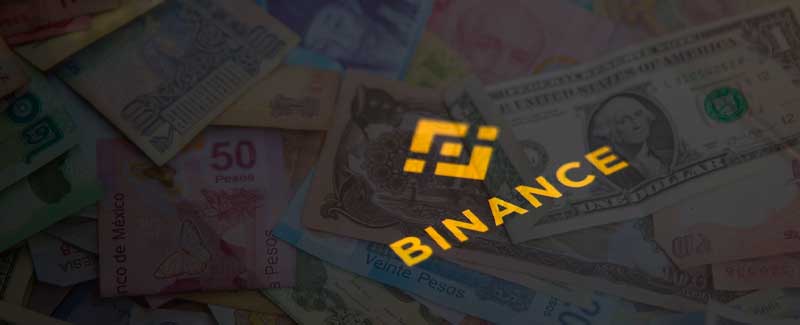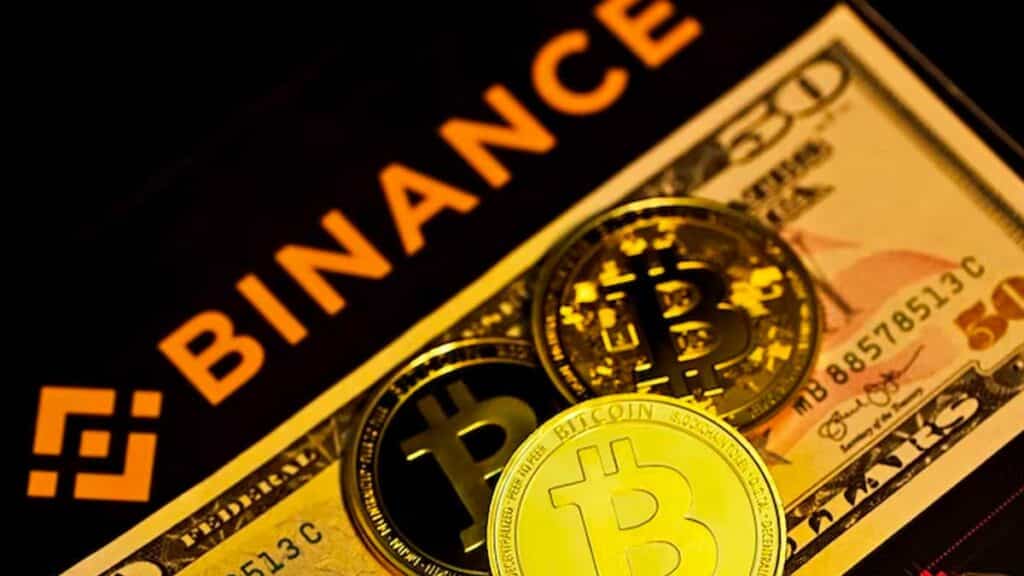In the fast-paced world of cryptocurrency, Binance has had its fair share of ups and downs. The world’s largest crypto exchange has been plagued with mismanagement issues, resulting in the mixing of reserves with other customer funds and, at times, partially missing reserves.
However, the company has taken action and is now transitioning to a “semi-automated” process for handling the reserves that back tokens it issues.
More Intelligent Backing
The company has set up a partially-automated system that ensures B-Tokens are “always transparently backed.” This new system only allows the minting of new coins after collateral has been added to the appropriate wallet. Reserves have also been distributed across 36 dedicated collateral wallets. Binance has been moving the collateralized assets to reliable wallets for each network to make the 1:1 backing visible.
Binance mints billions of dollars worth of its versions of third-party tokens, making them usable on other blockchains. When a user asks Binance to mint a new B-Token, an equal amount of collateral denominated in the original coin is supposed to be locked up in a dedicated wallet. This way, B-Tokens should always be backed one-to-one by reserves kept separately from other funds on the exchange.
In the past, Binance mixed more than $539 million in B-Token reserves and customer funds in an exchange wallet known as “Binance 8,” causing some B-Tokens to appear significantly overbacked. The collateral ratio for one token was as high as nearly 22,700%. After the changes, some tokens may remain slightly overcollateralized to counteract any “unexpected spikes in demand.”

Binance has opted for a semi-automated system to reduce security risks. The spokesperson said, “Processes that require manual intervention are slower but more secure.” A semi-automated system allows Binance to quickly intervene if a hack or other incident impacts the B-Token reserves. This will enable them to hit the switch if the worst comes to worst and save their face slightly.
Conor Ryder, a research analyst at blockchain data firm Kaiko, said,
“But it isn’t an ideal fully-automated system, and we’ve seen before that Binance has mismanaged the minting process that goes on here. Ideally, we’d like to see that process fully automated to ensure that it doesn’t happen again. There’s still potentially an element of trust that needs to be placed in Binance and its management of these reserves.”
In conclusion, Binance’s move to a semi-automated system is a step in the right direction. The company has taken action to ensure that reserves are kept separately from other customer funds, reducing the risk of mismanagement. However, there is still room for improvement.
Ideally, Binance should move towards a fully-automated system to ensure the minting process is managed correctly. As the cryptocurrency world evolves, Binance must adapt and improve its operations to stay ahead.










